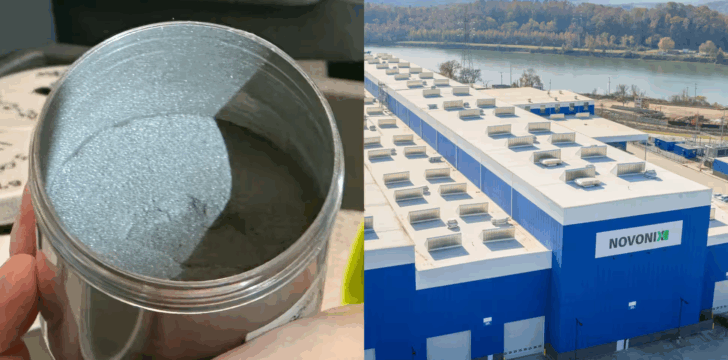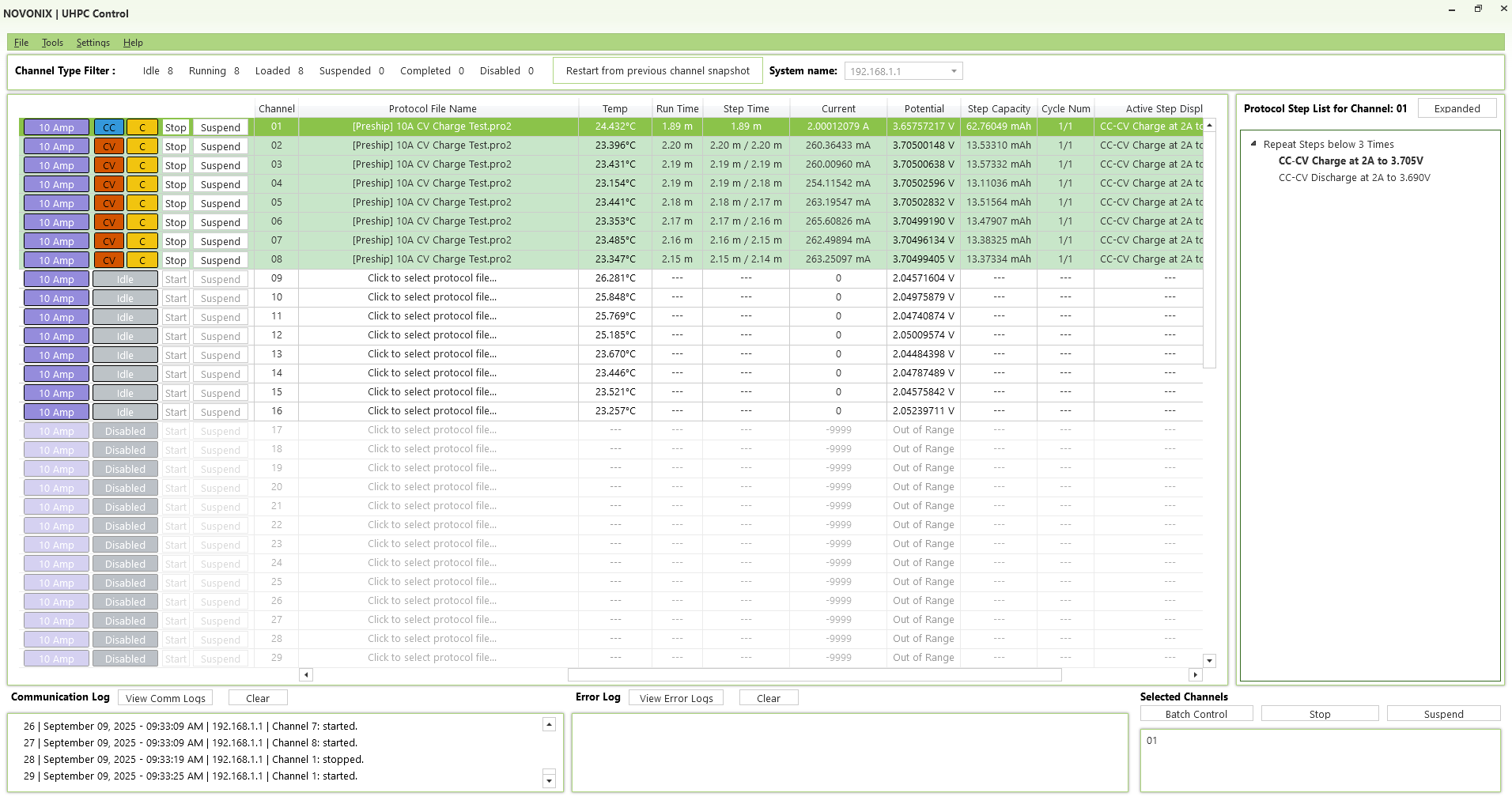Electrochemical Impedance Spectroscopy (EIS) is an analytical technique used to characterize a battery’s electrochemical impedance across a range of frequencies. In an EIS measurement, a small alternating current (AC) signal (or a perturbing voltage) is applied to the cell over frequencies ranging from high (kHz) to low (mHz or Hz), and the resulting voltage or current response is measured. By analyzing the amplitude and phase of the response at each frequency, the complex impedance of the cell is determined. The data are often visualized in Nyquist plots or Bode plots, which reveal distinct semicircles or slopes corresponding to different internal processes: e.g., the high-frequency intercept indicates the ohmic resistance (pure IR drop from electrolyte and contacts), a mid-frequency semicircle often relates to charge transfer resistance at the electrodes’ interface, and low-frequency behavior can indicate diffusion limitations (Warburg impedance) in the electrodes or electrolyte. EIS is analogous to a “frequency response analysis” of a battery, providing a detailed fingerprint of its internal dynamics without fully discharging or stressing the cell.
At NOVONIX, EIS is a valuable tool for both research and quality control. NOVONIX’s battery testing arsenal includes impedance spectroscopy to evaluate how new materials or cell designs alter the internal resistance profile of batteries. By conducting EIS on cells before and after cycling or under various temperatures, NOVONIX can identify degradation-related impedance changes (such as growing charge transfer resistance due to SEI thickening). This information complements NOVONIX’s other diagnostics, like UHPC, and helps in building comprehensive battery models. Ultimately, insights from EIS guide NOVONIX in optimizing electrode formulations and improving battery designs to minimize impedance growth, thereby enhancing lifetime, power capability and energy efficiency.




